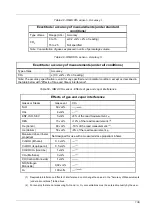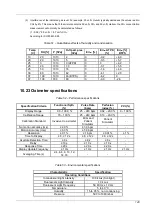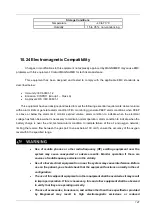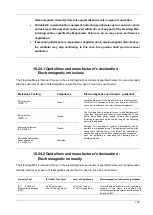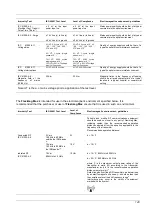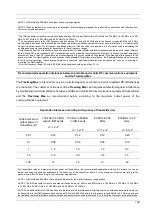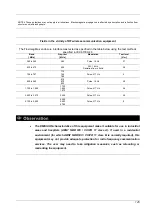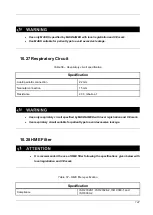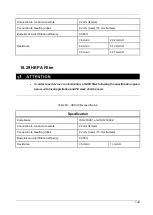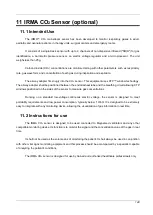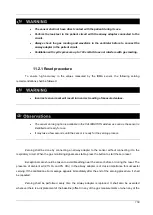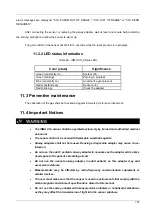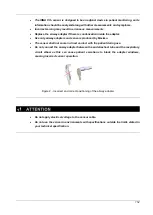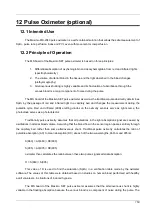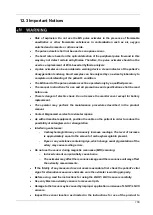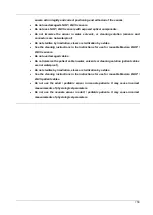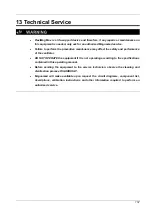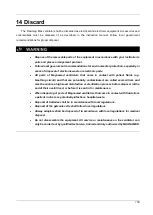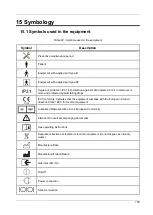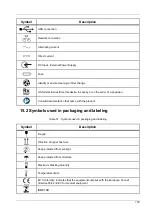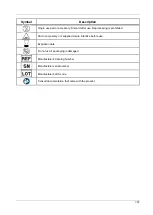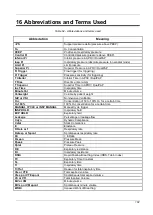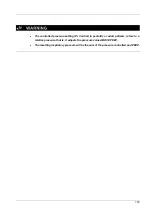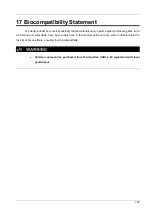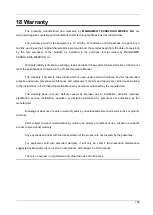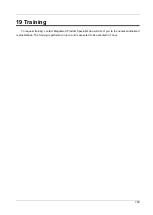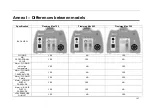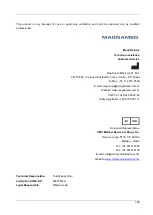
153
12
Pulse Oximeter (optional)
12.1 Intended Use
The Masimo MS-2040 pulse oximeter is a self-contained solution that allows the safe measurement of
SpO
2
, pulse rate, perfusion index and PVI, even with movement or low perfusion.
12.2 Principle of Operation
The MS board of the Masimo SET pulse oximeter is based on three principles:
1. Differential absorption of oxyhemoglobin and deoxyhemoglobin from red and infrared lights
(spectrophotometry).
2. The volume of arterial blood in the tissue and the light absorbed in the blood changes
(plethysmography).
3. Arteriovenous shunting is highly variable and its fluctuation of absorbance through the
venous blood is a major component of noise during the pulse.
The MS board of the Masimo SET pulse oximeter as well as the traditional pulse dosimetry determines
SpO
2
by the passage of red and infrared light in a capillary bed and changes the measurement during the
pulsatile cycle. Red and infrared (LED) emitting diodes on the oximetry sensors serve as light source, the
photodiode serves as a photodetector.
Traditionally pulse oximetry assumes that all pulsations in the light absorption signal are caused by
oscillations in arterial blood volume. Assuming that the blood flow in the sensor region passes entirely through
the capillary bed rather than some arteriovenous shunt. Traditional pulse oximetry calculates the ratio of
pulsatile absorption (AC) to mean absorption (DC) at each of the two wavelengths, 660nm and 905nm:
S(660) = AC(660) / DC(660)
S(905) = AC(905) / DC(905)
oximeter then calculates the ratio between these two pulse signals arterial absorption:
R = S(660) / S(905)
This value of R is used to find the saturation (SpO
2
) in a verification table made by the oximeter
software. The values of this table were obtained based on studies on human blood, performed with healthy
adult volunteers, in situations of induced hypoxia.
The MS board of the Masimo SET pulse oximeter assumes that the arteriovenous shunt is highly
variable in the floating absorption because the venous blood is a component of noise during the pulse. The

